After earning her Master's degree in Moving Image Archiving and Preservation (MIAP) from NYU's Tisch School of the Arts in 2010, Siobhan Hagan brought her archival and preservation expertise to a number of Baltimore area institutions, including the Maryland Historical Society, the Baltimore Streetcar Museum, the National Aquarium, and the University of Baltimore's Langsdale Library. In 2016, Hagan founded the Mid-Atlantic Regional Moving Image Archive (MARMIA), a non-profit organization dedicated to preserving and providing access to audiovisual recordings of the region's people and places.
Hagan, who also serves on the Board of Directors for the Association of Moving Image Archivists (AMIA), recalls that "MARMIA started as an idea in the MIAP program, when I learned about different models of collecting organizations and was able to integrate my coursework with volunteer and internship activities in New York and my home state of Maryland."
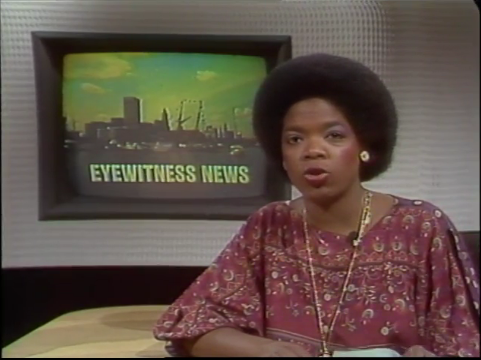
Screenshot of Oprah Winfrey anchoring WJZ-TV's "Eyewitness News" broadcast in 1978. All images courtesy of MARMIA.
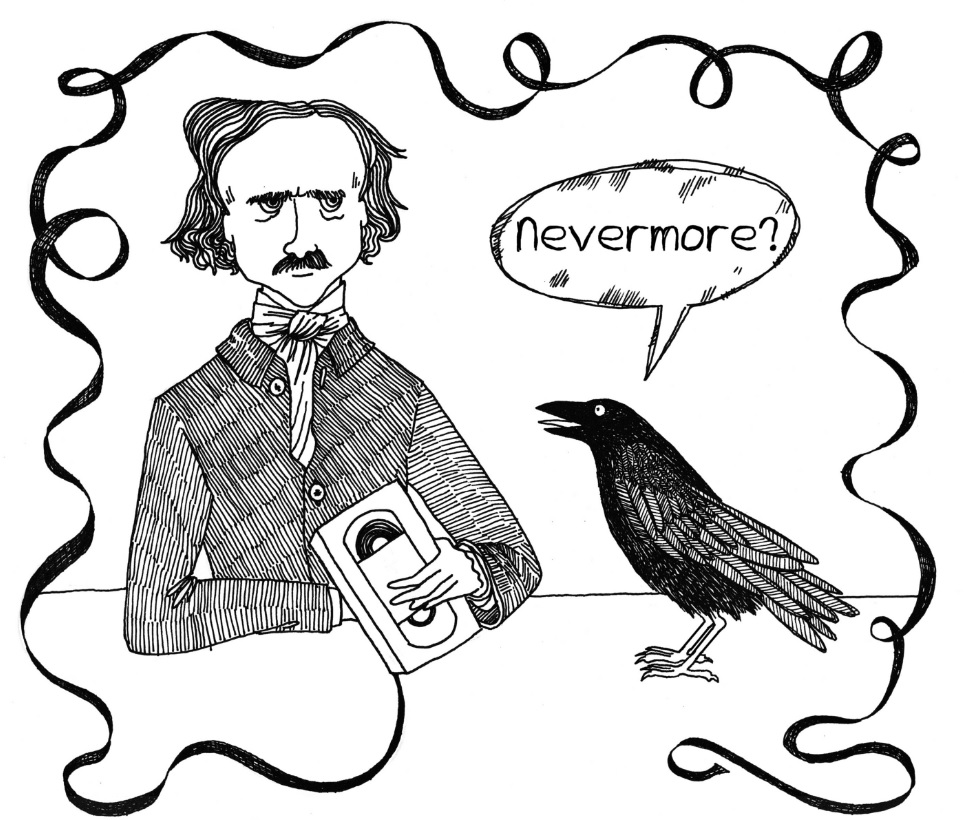
One of MARMIA's logos features famed Baltimore resident Edgar Allen Poe, and a raven who understands the vulnerability of videotape.
MARMIA's collecting policy focuses on records of marginalized individuals and communities within the Mid-Atlantic, as well as marginalized audiovisual technologies and genres. The organization offers discounted archiving services, provides a repository for Mid-Atlantic audiovisual recordings, faciltiates access to rare media for research and public use, and promotes motion picture production and exhibition in the region.
Earlier this year, MARMIA acquired the collection of WJZ-TV, founded in November 1948 as Baltimore’s third television station. The collection contains one-of-a-kind audio and video formats and includes programming from 1959 through 2000, documenting not only decades of broadcasting in Baltimore but also the history of the city, its surrounding areas, and the nation.
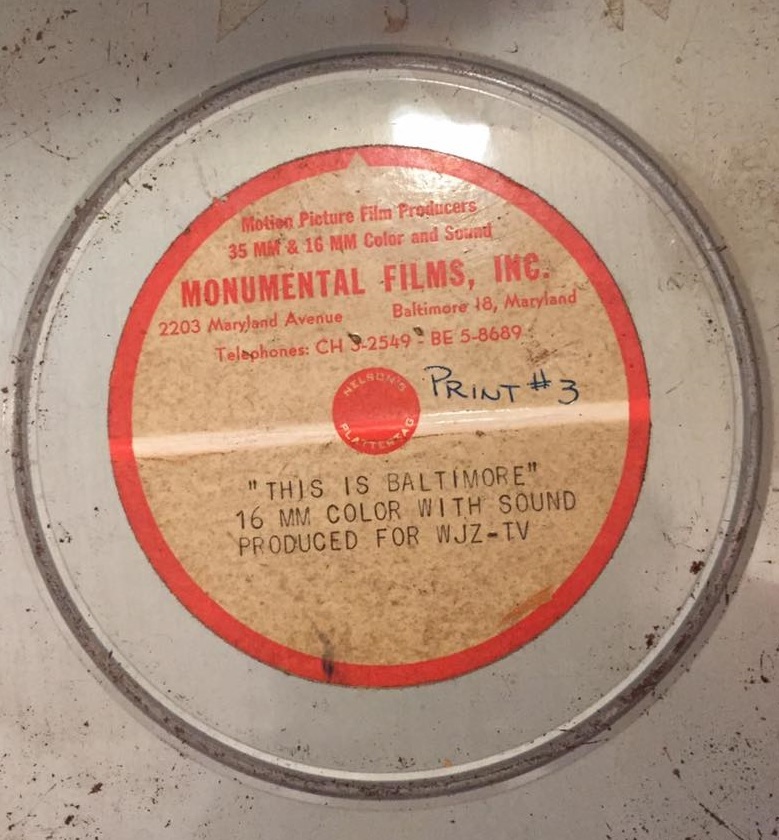
Close-up of "This is Baltimore" (1959), a 16mm film promoting WJZ-TV that is part of the collection at the Mid-Atlantic Regional Moving Image Archive (MARMIA).
Hagan's connection to this unique collection goes back to her days as a MIAP student. "I first got to work on the WJZ-TV Collection during my MIAP summer internship at the University of Baltimore in 2009," said Hagan. "I used the collection as a case study in my Master's thesis at NYU and worked with the collection as an AV Archivist at University of Baltimore for two years before they gave the collection back to the creators. MARMIA jumped at the chance of acquiring the WJZ-TV Collection as it is an essential record of Baltimore and the surrounding region, matching up with MARMIA's mission to preserve and make accessible the U.S. Mid-Atlantic's moving images and recorded sounds."

Siobhan Hagan (MIAP '10), in front of the WJZ-TV station in Baltimore, Maryland.
The collection includes daily news broadcasts, documentary specials, sports footage, and locally produced programs, such as People Are Talking, a talk show co-hosted by Oprah Winfrey following her work as a WJZ-TV news anchor.
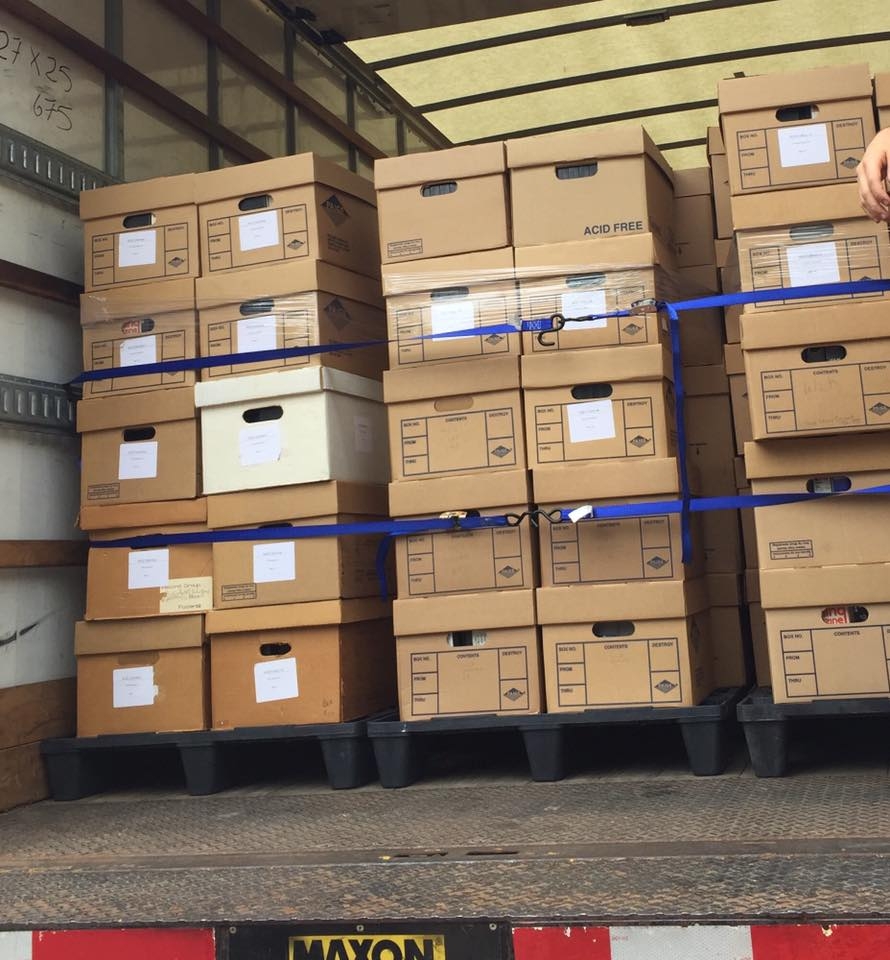
Jeff Krulik, Washington, D.C.-based filmmaker and director of Heavy Metal Parking Lot (1986), expressed excitement for the collection and its preservation. “As a filmmaker and footage researcher, I cherish the opportunity that local market television provides when the tapes still exist. They are priceless in a world that frequently saw them bulk erased for tape stock. I cannot wait to see what the WJZ-TV Collection has in store.”
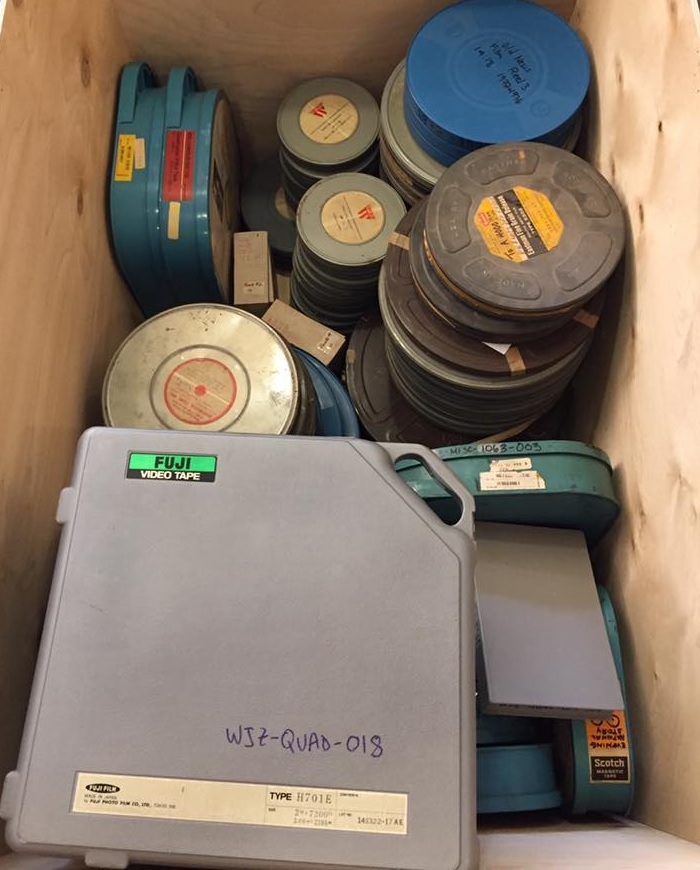
MARMIA’s goal is to provide access to the collection through digitization, beginning with the most vulnerable audiovisual formats. As programs are inventoried and digitized, MARMIA is making them freely available for viewing via its Mid-Atlantic Media page on the Internet Archive, a nonprofit digital library. MARMIA will also offer one-on-one research assistance to educators, artists, journalists, filmmakers, and the general public in order to utilize the WJZ-TV Collection in new works and studies.
Hagan expects the WJZ-TV collection will have broad appeal. "The collection's value goes far beyond documenting the Mid-Atlantic: there are topics of interest to people from all over the globe, with major national news stories, interviews with famous leaders, athletes, and entertainers, and so much more."